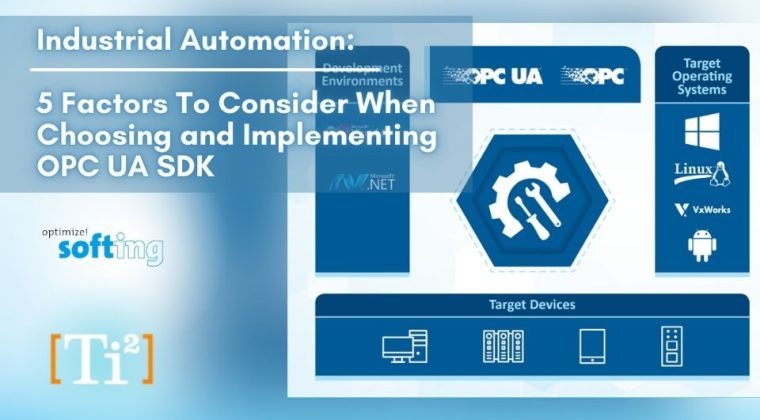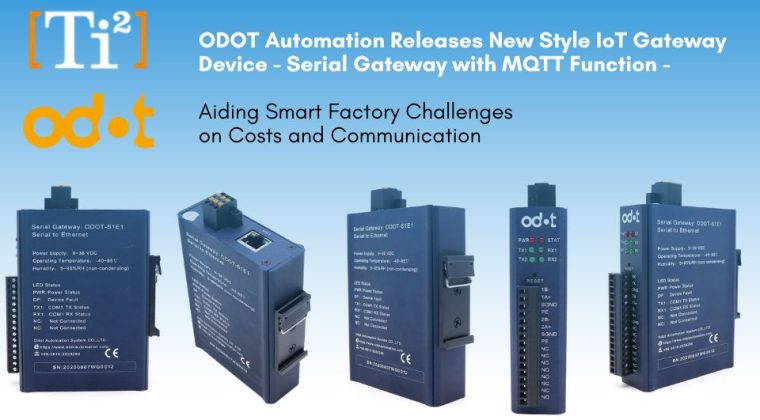There are four factors manufacturing companies should consider before applying remote I/O modules in their manufacturing plant/factory.
When is the right time to apply it to the system?
How many different kinds of remote I/O are there and what are the differences?
What communication protocol are you using and what remote module will fit your needs?
How to apply the remote I/O module in an old manufacturing plantation or factory? (If scaling)
This article will briefly give all the necessary information for any manufacturing company looking to solve certain issues with the remote I/O module system.












